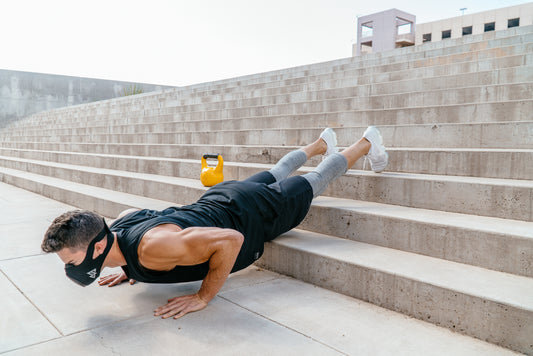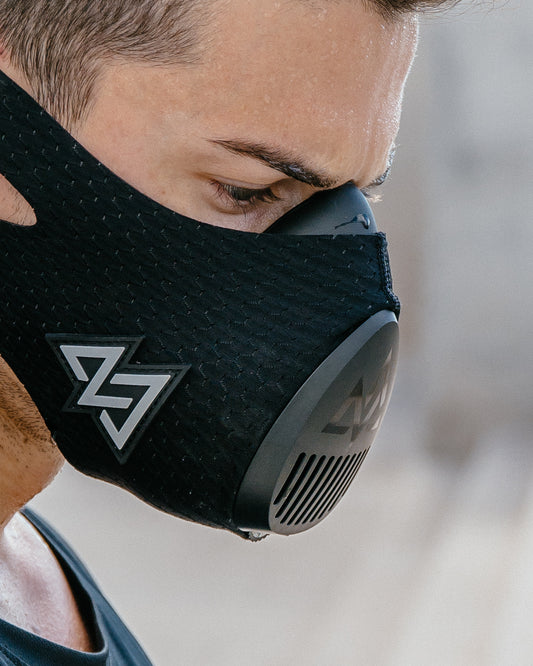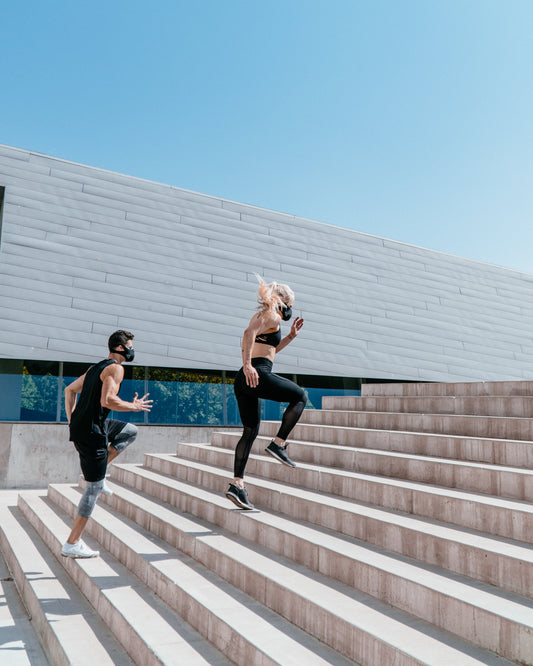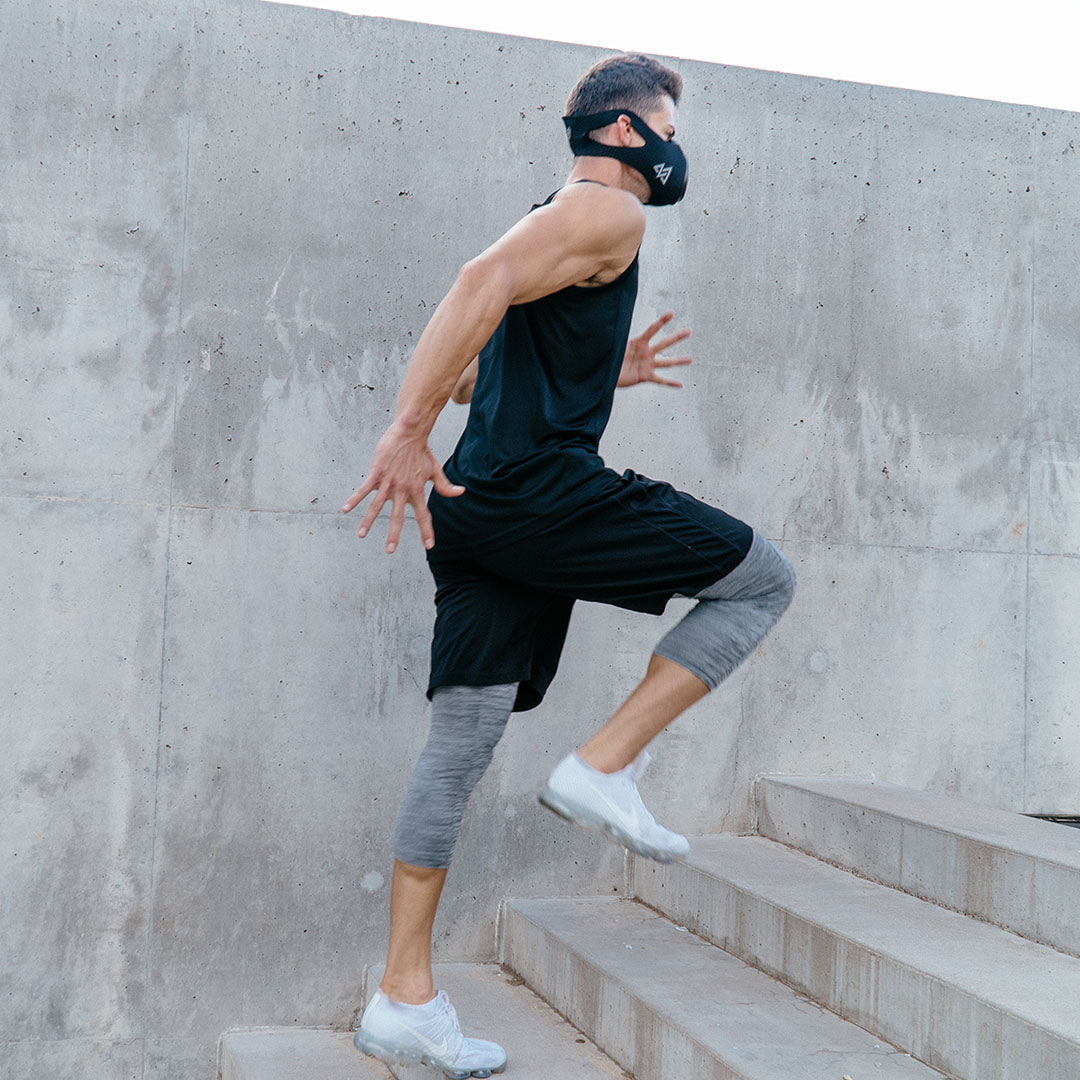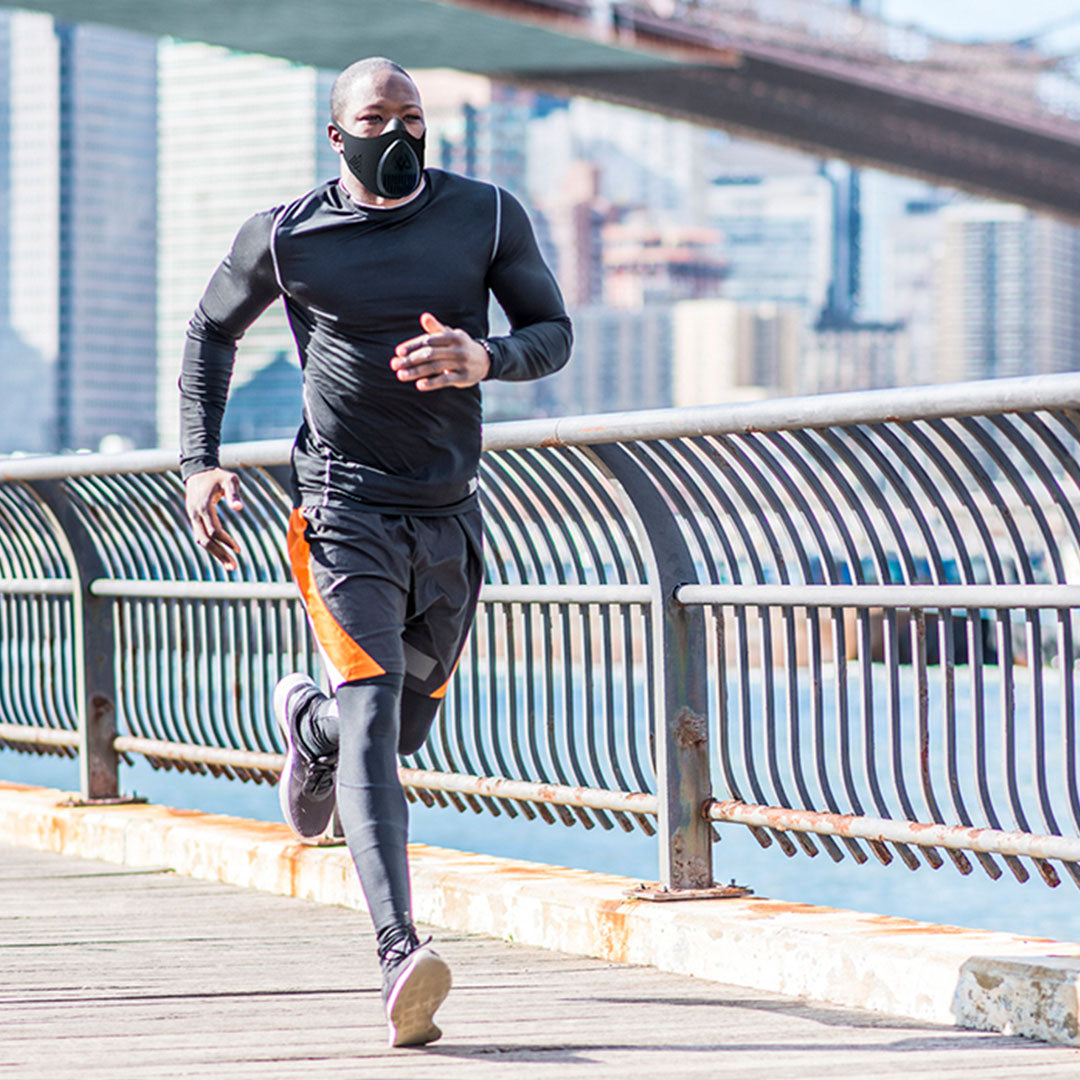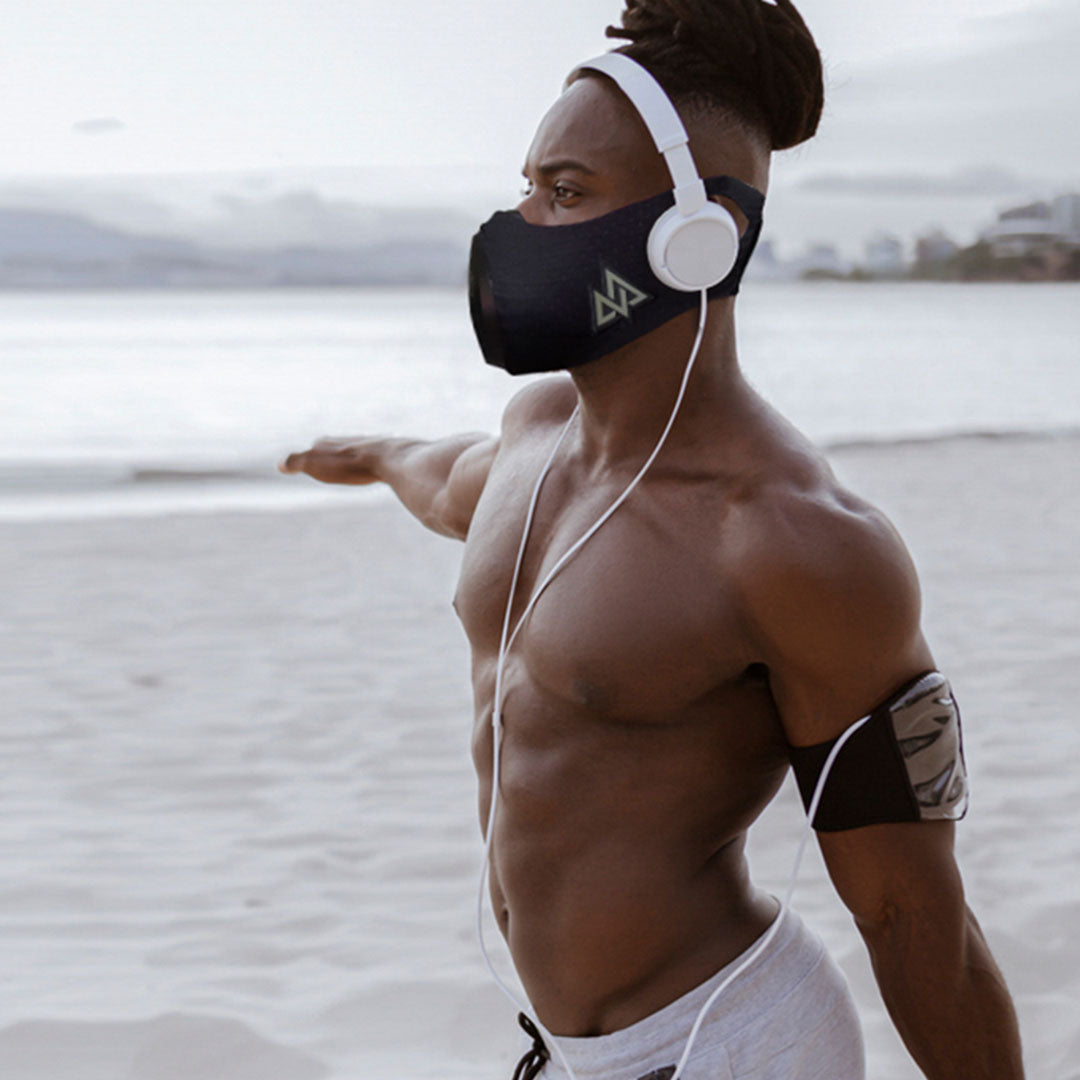American Council on Exercise Landmark Study On the Efficacy of the Training Mask During Exercise.
By: J. Serafano
Training Mask Research and Development
The Training Mask team has long believed that respiratory training with the Training Mask improves athletic performance. The Training Mask social community has voiced this fact time and time again. Professional sports teams and college teams alike have started using the mask. All of this publicity has stirred up the bees nest so to speak with the fitness critics. This is a group of individuals who use the criticism of training methodologies as a platform to solidify their ‘guru’ status. Oftentimes, the criticism is narrow minded, and the analysis they provide is lop sided in favor of promoting their own agenda.
Slowly but surely over the course of the last year more and more studies have been conducted on the benefits of resisted breathing training. Almost all of them show that it improves performance. Yet there are a stubborn few who refused believe that the Training Mask improves performance under the grounds that only a few of these studies used the mask during the study. Well that all came to an abrupt end recently. A new study The Effect of Wearing the Elevation Training Mask on Aerobic Capacity, Lung Function, and Hematological Variables published in the Journal of Sports Science and Medicine will hopefully put to sleep the arguments that the Training Mask is a fad, and that respiratory training is not important.
Not only did this study show that the Mask does in fact improve performance, it showed that the mask improved 4 key areas of breathing performance that those in the control group did not improve. The study selected 24 lacrosse players from the University of Wisconsin lacrosse team for the study (16 males and 9 females). Each group (mask and non-mask) engaged in high intensity stationary cycling exercise 2 times a week for 6 weeks. There were six primary areas of statistical significance revealed during this study. See Below…
- 1)Vo2 max: VO2 Max stands for maximal oxygen uptake and refers to the amount of oxygen your body is capable of utilizing in one minute. It is a measure of your capacity for aerobic work and can be a predictor of your sustained work capacity during exercise
- 2)PPO (Peak Power Output): This value was measured in watts during the study.
- 3)Ventilatory Threshold: The point at which exercise respiration rate increases faster than Vo2. It is the point in exercise when ventilation can no longer elevate oxygen saturation.
- 4)Power Output at Ventilatory Threshold
- 5)Respiratory Compensation Threshold: The respiratory compensation threshold is the stage of an exercise test where minute ventilation starts becoming excessive with respect to carbon dioxide output. The RCT is an important concept because it establishes a boundary between the heavy and severe exercise intensity domains.
- 6)Power output at Respiratory Threshold
The kicker here is that the study only had the test subjects train 2X a week for half an hour. Even at that low of a frequency, both groups enjoyed some gains. However, the non-mask group only showed improvements in two of the six areas above. The startling discovery in this analysis was how much the Training Mask group improved. Not only in the same two areas that the non-mask improved in, but in all six areas.
- 1)Increase in Ventilatory Threshold:
- Non-Mask Group:Little to no change
- Mask Group:13.9%
- 2)Increase in Power Output at Ventilatory Threshold:
- Non-Mask Group:Little to no change
- Mask Group:19.5%
- 3)Increase in Respiratory Compensation Threshold:
- Non-Mask Group:Little to no change
- Mask Group:10.2%
- 4)Increase in Power Output at Respiratory Threshold:
- Non-Mask Group:Little to no change
- Mask Group:16.4%
What these numbers tell us is that even if you use the mask two times a week during your workouts, you will notice improvements in stamina. Especially in how long and how much high intensity exercise you can tolerate. These metrics point to the fact that the mask can allow you to train at higher intensities longer, recover faster during competition, and improve your general oxygen efficiency better than just exercising alone. A near 20% improvement in power output after a mere six weeks at threshold is an impressive benchmark, a benchmark the mask can help you achieve. While the mask does increase your perceived exertion during the workout (average of 2 RPEs per unit of intensity), the payoff seems to be substantial. Not to mention that working out at higher PEs (Perceived Exertion) increases your workout tolerance and performance, allowing you to burn more calories and perform more reps while under duress. The mask also improved a measurement called MVV or maximal breathing capacity during the study. I think we can all agree that an improvement in maximal breathing capacity will yield better athletic performance.
This landmark study unequivocally demonstrates that using the Training Mask during your workouts improves work capacity and power output. These gains were obtained by the test subjects by only using the mask two times a week. Imagine the gains you can experience by making the Mask a regular part of your training regimen beyond two workouts weekly. The Training Mask review will continue to show you ways in which you can creatively work the use of the Training Mask into your everyday routine to improve your fitness and athletic performance. Thank you for your continued support, and let the Training Mask take your workouts to new heights!
All Copyrights belong to TRAININGMASK.LLC (R) - Do not copy or duplicate


